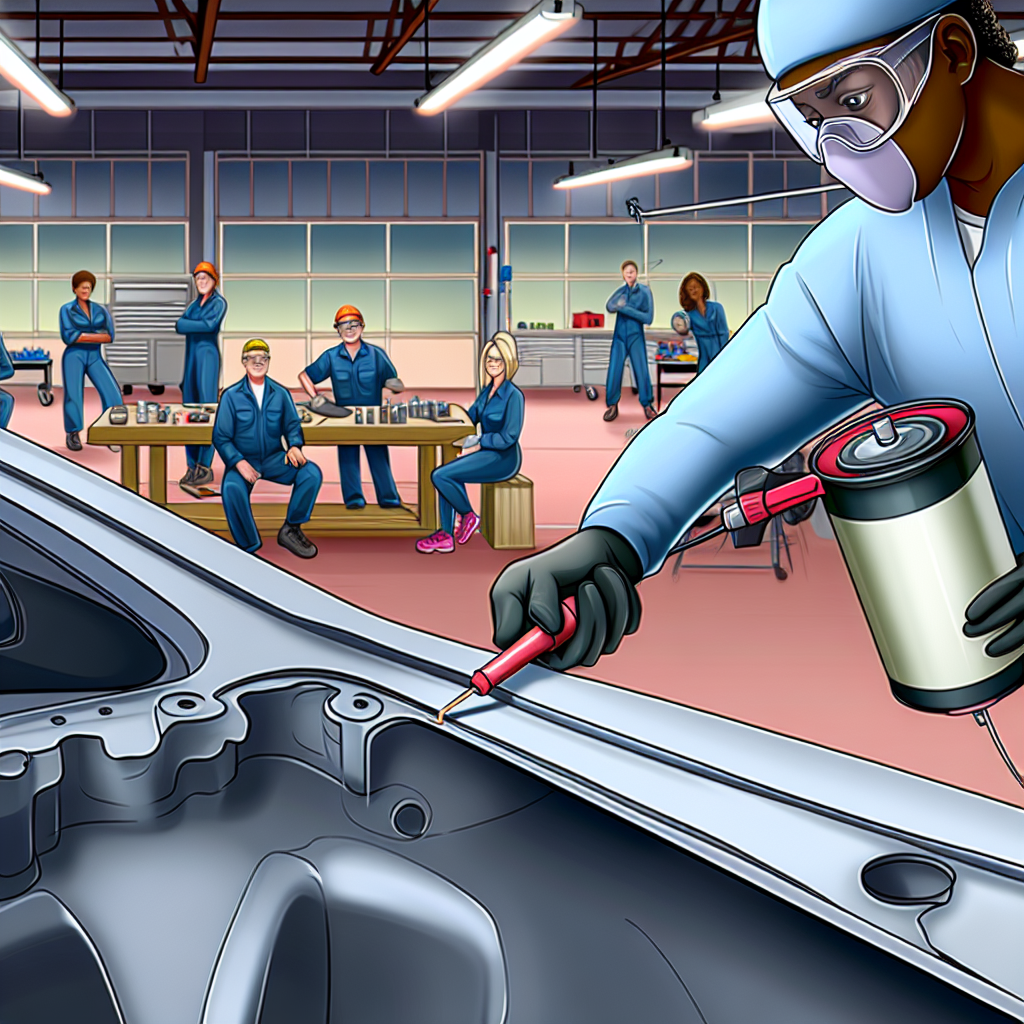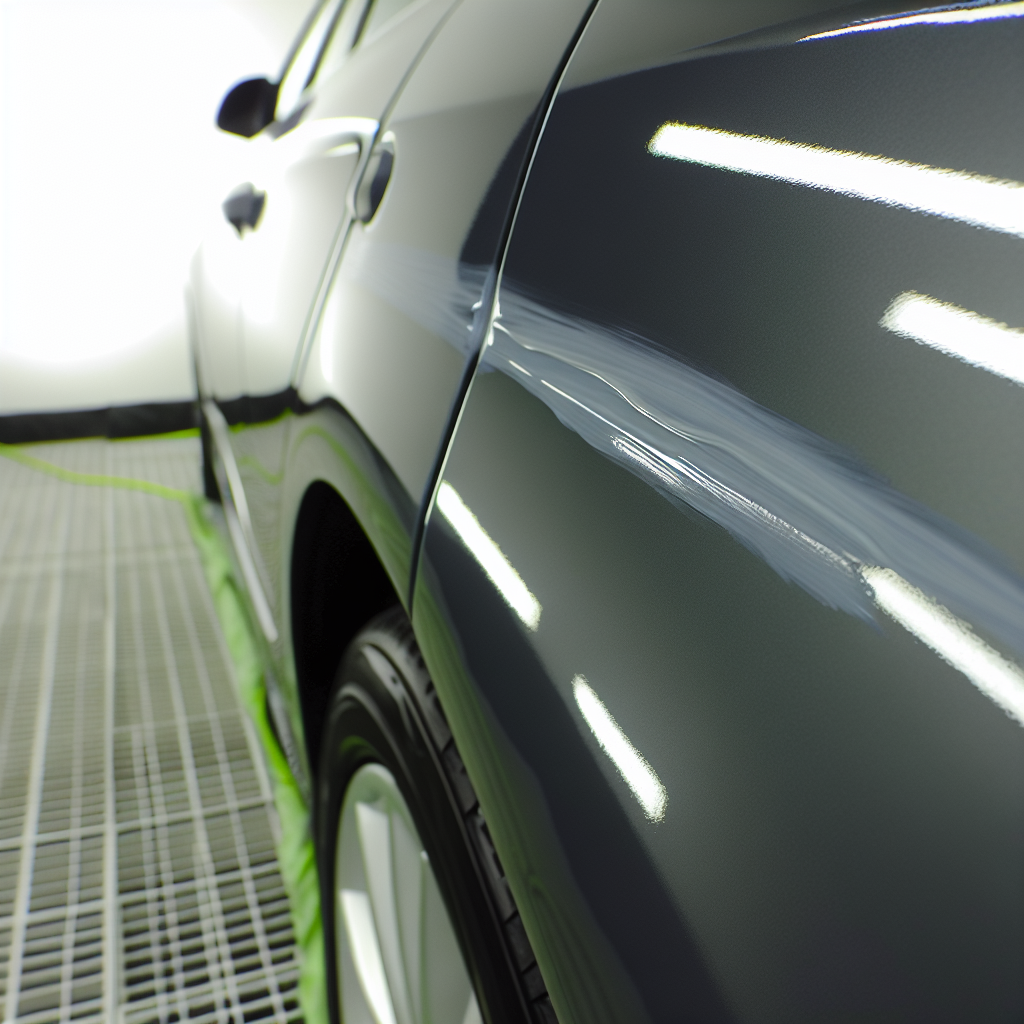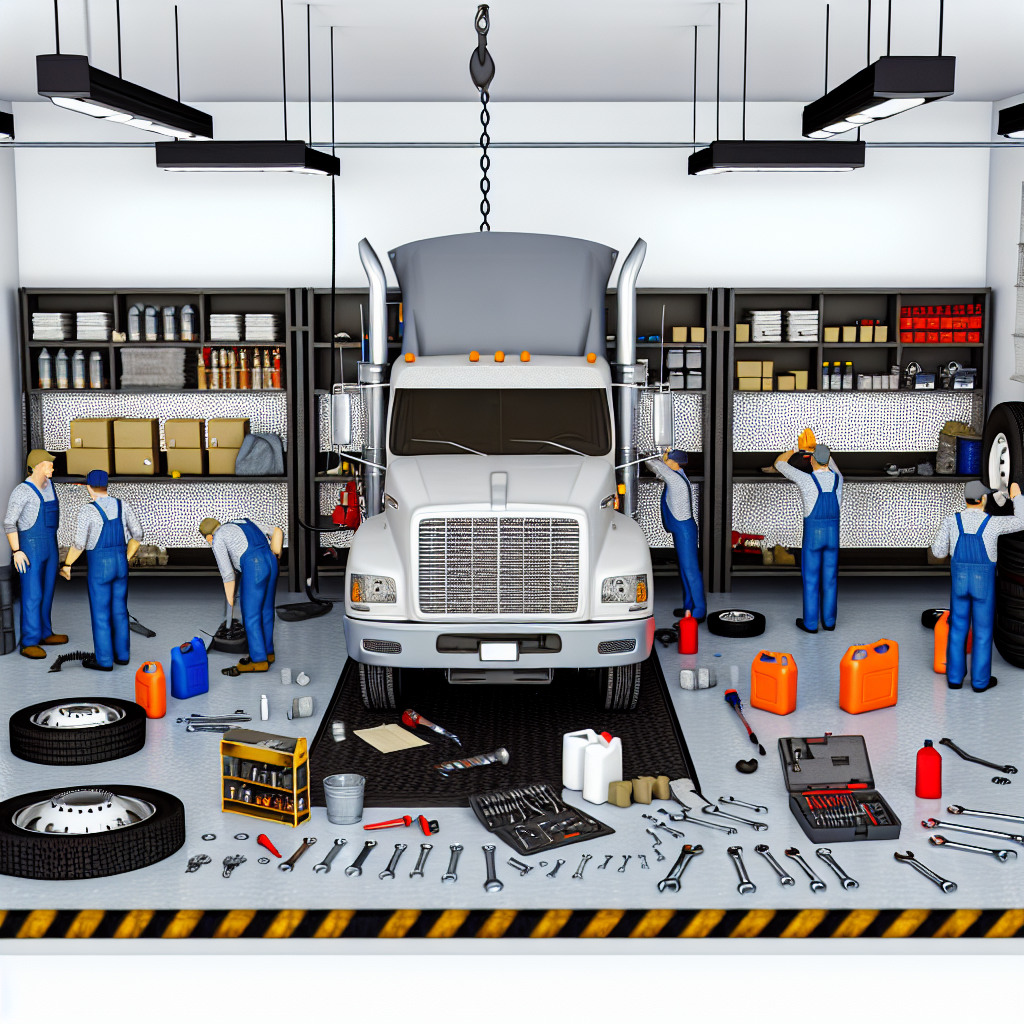Seam Sealers: The Unsung Heroes of Automotive Repair
When it comes to automotive repair, seam sealers are the quiet champions, working tirelessly behind the scenes to keep cars fresh, dry, and structurally sound. Think of them as the unsung heroes in a superhero movie; you may not notice their presence during the action, but you’ll definitely feel the impact when they’re gone. Neglecting seam sealers is like ignoring your car’s allergies—if you don’t treat them, you’ll soon be driving through a downpour with a puddle forming in your backseat! Without sturdy seam sealers, moisture makes itself at home, inviting rust over for afternoon tea and turning your sleek ride into a vintage exhibit of corrosion.
In this article, we will explore exactly what seam sealers do, why every car absolutely needs them, and the potential disasters that can arise from their neglect. We’ll also dive into the latest advancements in seam-sealing technology, ensuring your vehicle stays shipshape long after you leave the repair shop. So, buckle up and join us for a humorous yet informative ride through the riveting world of seam sealers!
The adoption of DIY seam sealing among car enthusiasts reflects a broader trend in the DIY auto repair and maintenance industry. The U.S. DIY auto maintenance market has seen remarkable growth, expanding approximately 65% between 2017 and 2025. This surge indicates that an increasing number of car owners are opting to take on automotive tasks themselves rather than relying solely on professional services.
Particularly noteworthy is the behavior of younger car enthusiasts aged 16 to 24. Data shows that over 60% of automotive parts purchased within this demographic were self-installed. This highlights a strong appetite for DIY modifications, including crucial maintenance tasks like seam sealing, which are essential for preventing leaks and protecting the vehicle’s structure.
Furthermore, the DIY segment’s revenue share in the silicone-based car care products market reached 52.5% in 2024. This statistic signifies the rising popularity of DIY approaches to vehicle care and repair among consumers who prefer maintaining their cars at home.
In summary, this growing tendency towards DIY auto repairs, including seam sealing, indicates a culture of empowerment among car enthusiasts. It reflects a significant shift in consumer behavior within the automotive sector, where individuals take pride in maintaining their vehicles and investing in hands-on maintenance skills.
For effective DIY seam sealing, having the right tools and materials is crucial to achieve professional results. Here’s a list of essential tools and materials you will need:
- Seam Sealer: Choose from different types like urethane or epoxy-based formulas suited for your specific needs.
- Applicator Gun: A quality applicator gun is necessary for dispensing seam sealers evenly and accurately.
- Caulking Tools: These help smooth the applied sealant for a clean finish.
- Gloves: Protective gear to keep your hands safe from chemicals.
- Safety Glasses: To protect your eyes from splashes and debris while working.
- Masking Tape: Useful for marking areas and ensuring a neat application.
- Cleaning Supplies: Rubbing alcohol or other solvents to clean surfaces before sealing.
- Putty Knife: Handy for spreading and shaping the sealant as needed.
Equipping yourself with these items will make your seam sealing tasks more efficient and hassle-free!
For effective DIY seam sealing, having the right tools and materials is crucial to achieve professional results. Here’s a list of essential tools and materials you will need, all of which are key to maintaining your vehicle’s performance and integrity as part of routine automotive maintenance:
- Seam Sealer: Choose from different types like urethane or epoxy-based formulas suited for your specific needs.
- Applicator Gun: A quality applicator gun is necessary for dispensing seam sealers evenly and accurately.
- Caulking Tools: These help smooth the applied sealant for a clean finish.
- Gloves: Protective gear to keep your hands safe from chemicals.
- Safety Glasses: To protect your eyes from splashes and debris while working.
- Masking Tape: Useful for marking areas and ensuring a neat application.
- Cleaning Supplies: Rubbing alcohol or other solvents to clean surfaces before sealing.
- Putty Knife: Handy for spreading and shaping the sealant as needed.
Equipping yourself with these items will make your seam sealing tasks more efficient and hassle-free!

Seam sealers are essential in automotive repair for sealing joints and seams, preventing moisture intrusion, reducing noise, and enhancing structural integrity. The primary types include urethane polymers and epoxy-based formulas, each with distinct advantages, disadvantages, and applications.
To effectively choose among these options, let’s take a closer comparative look at how the differences between these sealer types influence their applications in practice.
Urethane Seam Sealers:
- Advantages: Flexibility, adhesion to various surfaces, moisture curing, and paintability. Popular options include 3M Heavy-Bodied Seam Sealer, known for its non-sag formula and strong adhesion, making it an excellent choice for vertical surfaces.
- Disadvantages: Requires proper surface preparation and is sensitive during application. Users often note that while it offers great performance, neglecting surface cleanliness can lead to issues.
Epoxy-Based Seam Sealers:
- Advantages: High strength, chemical resistance, and temperature tolerance. Products such as Permatex 81158 are praised for their versatility and quick setting time, making them suitable for a variety of repairs.
- Disadvantages: Rigidity post-curing and longer curing times. Some users prefer epoxies over urethanes for heavy-duty applications but find the curing time a drawback in time-sensitive situations.
Understanding these distinctions is crucial as we transition into the upcoming comparative analysis of seam sealers. Here, we will evaluate their effectiveness based on the application methods, drying times, and pricing considerations, providing a clearer picture of which options best address your seam sealing needs.
| Seam Sealer Type | Application Method | Drying Time | Price Range |
|---|---|---|---|
| Urethane | Gun application | 30-45 minutes | $10 – $25 |
| Epoxy | Mix and apply with putty knife | 1-2 hours | $15 – $30 |
| Specialty Tapes | Peel and stick | Immediate | $5 – $20 |
| Self-Leveling Sealers | Pour and let flow | 15-30 minutes | $20 – $40 |

Tips for Effective Seam Sealing
Applying seam sealer might sound intimidating, but fear not! With a few practical tips, you can transform your project from scribbled doodles to a genuine masterpiece. Here’s how to seal the deal – quite literally!
Preparation is Key
- Clean Surfaces Like a Pro: Before applying seam sealer, make sure surfaces are thoroughly cleaned. You wouldn’t want dust or grease crashing your party. Use a solvent like rubbing alcohol to prepare the area; it’s the handshake before the big deal.
- Masking Tape Magic: If you want crisp lines and to avoid a messy application, don your masking tape. A little prep goes a long way! Aim for straight lines; your car will thank you.
Application Techniques
- Squeeze with Style: Load your seam sealer into the applicator gun and apply it like you mean it. Think of it as frosting a cake – the more uniform and lovely it looks, the better! Start from one end and move consistently to avoid uneven patches.
- Smooth Operator: Use a caulking tool or your gloved finger (yes, gloves are essential) to smooth out the application while it’s still wet. This is akin to giving your seam sealer a gentle massage to help it settle into its new home.
Curing Like a Champ
- Patience is a Virtue: Allow adequate time for curing. While it might be tempting to rush off to your next automotive adventure, resist the urge! Each seam sealer has its drying time; read the instructions like a trusty road map to avoid detours.
- Avoid Touchy Feely: Keep hands and pesky objects away from the area during curing. Trust me, no one wants to accidentally smudge their hard work. Waiting can feel like eternity, but your future self will thank you.
With these tips in your pocket, you’re well-equipped to tackle seam sealing like a pro! Remember, practice makes perfect, and a bit of humor goes a long way in every DIY project!

In conclusion, seam sealing is not just a mundane task in automotive repair; it’s your first line of defense against rust, water leaks, and noisy rides. Armed with the right tools and a willingness to channel your inner DIY enthusiast, you can tackle this vital maintenance step with confidence and perhaps a chuckle or two. Remember the wise words: you might never notice when the seam sealer is doing its job, but you will definitely experience its absence when water decides to throw a house party in your backseat.
So roll up your sleeves, grab that seam sealer, and give it a shot! Just be prepared for the unexpected. After all, DIY repairs aren’t complete without a dash of humor—like finding that tuna sandwich lodged in your engine bay because you forgot to securely close the brim of your snack bag! If you have your own funny story or a mishap from your DIY seam sealing adventure, we want to hear all about it. Share your experiences and let’s keep the automotive community thriving with laughter!
Relevant Quotes about Seam Sealing and Automotive Repair
Bringing in some insightful quotes can really drive home the importance of seam sealing and automotive maintenance. Here are several quotes related to preventative care in automotive settings that resonate well with our discussion:
- Benjamin Franklin once said, “An ounce of prevention is worth a pound of cure.” This emphasizes the critical role of taking preventive measures, much like maintaining seam sealers to ward off future issues.
- An anonymous quote states, “Routine maintenance is the key to extending the life of your vehicle,” which speaks directly to the necessity of proactive care in your automotive upkeep.
- Another insightful remark emphasizes, “Preventive maintenance is the foundation of long-term vehicle health.” This highlights seam sealing as a crucial part of keeping your vehicle in top shape.
- “Proper maintenance today can save you major repairs tomorrow,” echoes the sentiment that investing time in seam sealing can indeed pay off in the long run.
- An anonymous wisdom states, “The cost of maintenance is nothing compared to the cost of a breakdown,” reinforcing our point that neglecting seam sealers can lead to much larger and more expensive repairs in the future.
A Touch of Humor from the DIY World
To lighten up the sometimes daunting task of automotive repairs, here are a few humorous quotes that many DIY enthusiasts can relate to:
- “DIY car maintenance – the art of googling one problem and finding five unrelated ones.” This perfectly captures the chaotic nature of embarking on your own repairs.
- “The satisfaction of DIY car repair is directly linked to the number of leftover spare parts.” A funny reminder that not everything goes as planned in the world of automotive repairs!
- “I told my car it needed a tune-up. It just stalled for a week!” This quote brings a chuckle while acknowledging the frustration that can come with DIY repairs.
These quotes and humorous anecdotes not only enrich the narrative but also bring a touch of humanity to the often technical subject of seam sealing and automotive maintenance.


